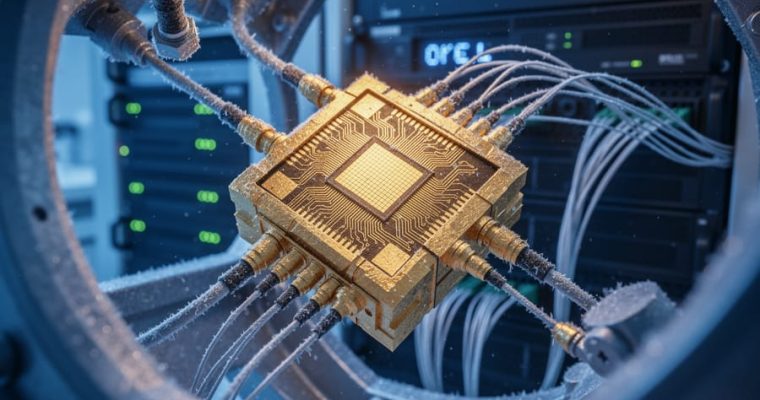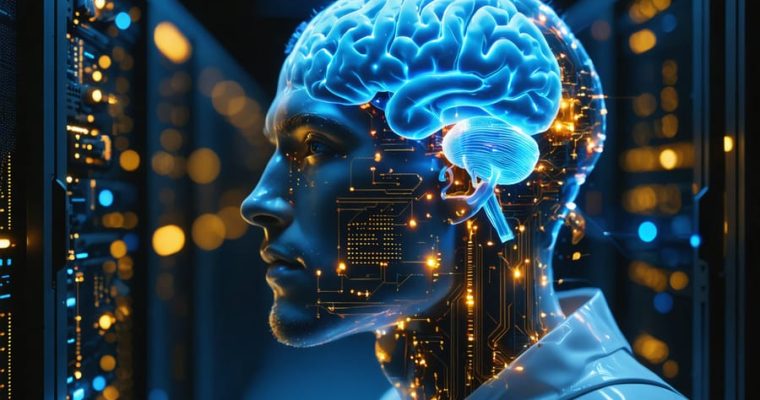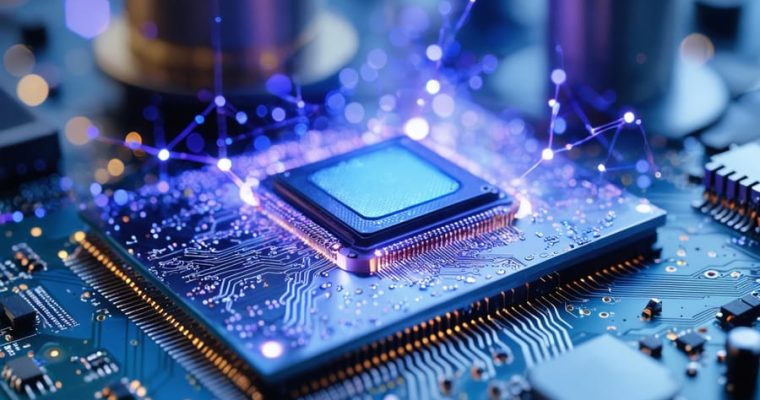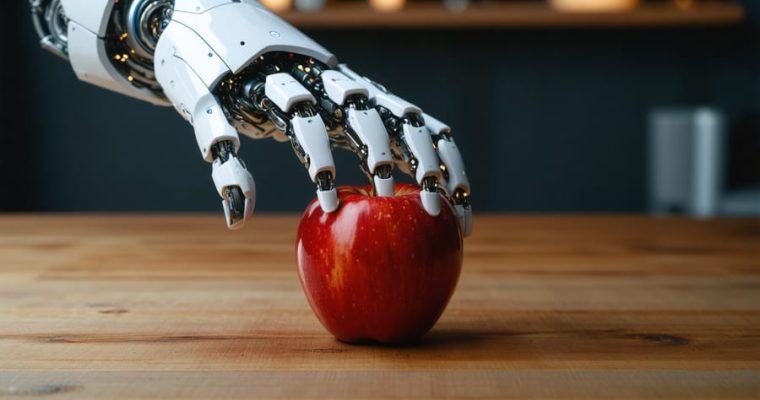AI and Biotech Are Merging Faster Than You Think—Here’s What It Means for Medicine
The marriage of artificial intelligence and biotechnology is rewriting the rules of drug discovery, disease treatment, and human longevity. What once took pharmaceutical companies a decade and billions of dollars—developing a single new drug—now happens in months through AI-powered molecular design. Machine learning algorithms analyze millions of protein structures in hours, predicting how experimental compounds will behave in the human body before a single test tube enters a laboratory.
This convergence solves biotechnology’s most persistent challenge: the overwhelming complexity of biological systems. The human body contains roughly 37 trillion cells, each running thousands of simultaneous…










